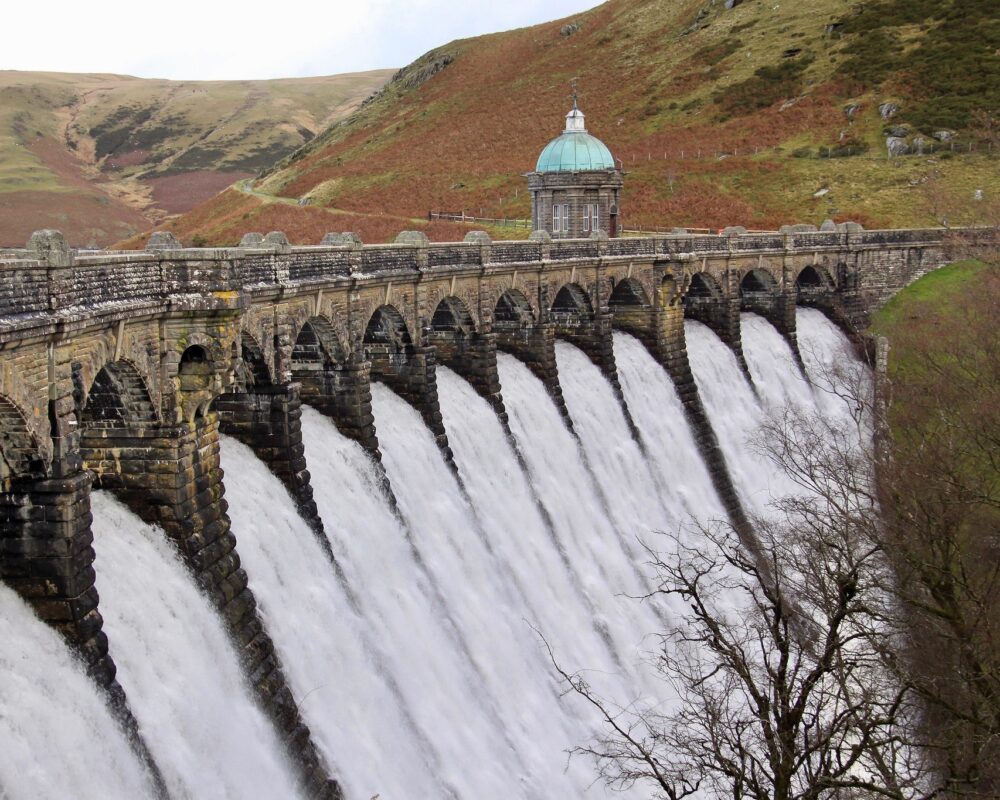Most of the world's population by mid-century will face health and safety risks living downstream from tens of thousands of aging concrete dams made more vulnerable by increased flooding from climate change, according to a U.N. University report on Friday.
The report by U.N.U.'s Canadian-based Institute for Water, Environment and Health said most of the 58,700 large dams worldwide were built to last between 50 and 100 years, but they were constructed between the 1930s and 1970s. That means some of them already are obsolete and most of the rest will be by 2050, said the report by researchers in Canada and Switzerland. The average life expectancy is just half a century.









